Our company is able to customize any PTFE fiberglass fabric according to customers’ technical requirements.
New Application of PTFE membrane
1. Bus Station
Bus station is an important part of the city public transport system, with varied structure. In recent years, the membrane structure bus station is more and more popular because of its unique highly ornamental, self-cleaning, long life.
Shanghai Wei & Kai Membrane Materials Co., Ltd. specializes in the production of permanent building membranes, in the systematic construction of the bus station, we can offer a whole solution from materials, design, construction, sale, etc., too meet customers’ different needs.
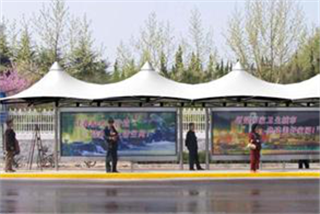
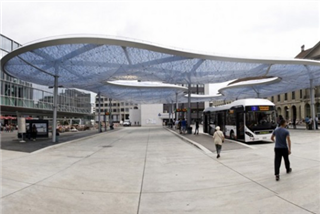

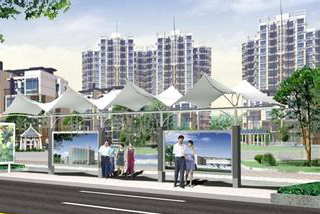
2. Membrane Curtain Wall
Membrane Curtain Wall System can be used on different kinds of buildings as a external protect structure, The Membrane Curtain Wall System has its excellent lighting performance, architecture appearance, safety performance which can be used on campus, hospital, nursing home where the glass curtain walls are forbidden to use.
Light membrane gram weight: 300~1200g/㎡
High safety: The basic cloth of membrane is made by high strength polyester or glass fiber, even when it’s broken it won’t scatter any dangerous fragments.
Large area coverage: In order to meet the demands of buildings of huge curtain wall or advertisements, the membrane can be welded to a unit over thousand square meters.
High Transmittance: We have multiple membrane with different transmittance which adjust the light effect of the building as a permanent shading effort and increase the comfort level of building.
Long service lift: the membrane has its UV resistance and mildew resistance, the service life reaches 30 years.
Self-cleaning performance: The surface of membrane can be self-clean after rain fall which reduce the maintenance cost of curtain wall.
Multiple color choice: The membrane has different color and shape which creates the different building outlook.
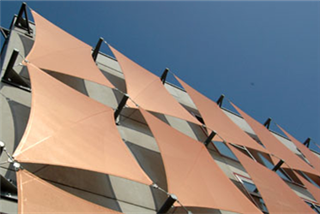
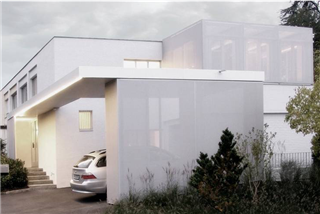
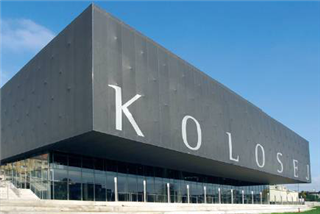
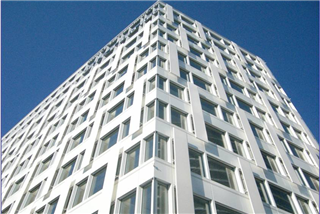
3. Radome
Membrane radome has been used for a long time in overseas market.
In 80’s of 20th century, it was used widely in military and aerospace, and gradually spread for application in civil radar.
Compared with traditional tempered glass radome, PTFE membrane radome has many advantages, such as light weight, longer durability, and lower loss of electromagnetic radiation.
As the development of the radar industry, the performance of radar has been continuously improved. Currently, broad frequency or full frequency radar has been used widely, which has more strict requirements on material weight, durability and higher electromagnetic radiation to the radome.
PTFE membrane meets all these requirements successfully and can be used even in wider areas.
The PTFE radome has the following advantages:
Very low dielectric constant value; better permeability of radiation;
Very low loss tangent value; mush less loss in high frequency signal;
Light in weight. Its weight is only 1% of the tempered glass radome which has the same area;
High tensile strength, the max tear strength can reach 90000N or even more (Kevlar fabric);
Weather-resistant; long service life can exceed more than 20 years; non-discoloring;
Better performance in protection of radar; A grade fire proof
Self-cleaning, free of cleaning
4. Soft membrane ceiling
The soft membrane ceiling was created in Switzerland in 19th century, and a French named Mr. Farmland Scherrer continued studying it and finally promoted it successfully to European and American countries in 1967. The soft membrane ceiling has increasingly become the preferred materials among other ceiling materials. Currently, the soft membrane market is full of B grade PVC materials. However, some modern buildings requires for higher fire-proof grade, longer service life, and self-cleaning functions. The soft membrane materials, made from PTFE coated fiberglass, has become more and more popular in market. The PTFE soft membrane material has obtained excellent performances in weather resistance, self-cleaning, acoustical and optical functions. It has been widely used in hotels, shopping malls, hospitals, schools, libraries, museums and some others public places.
